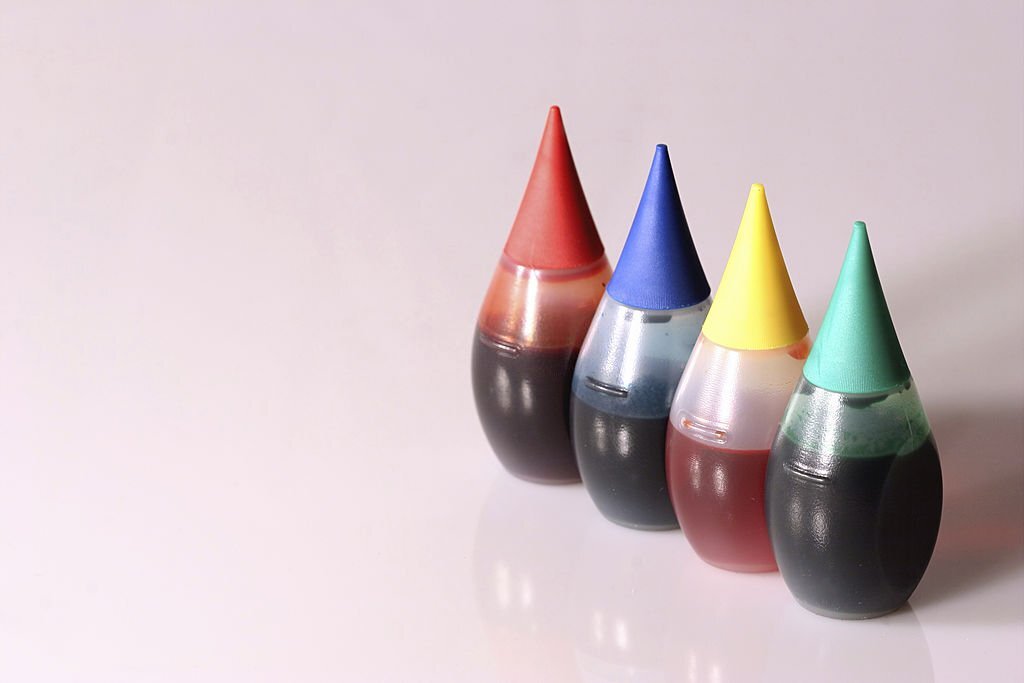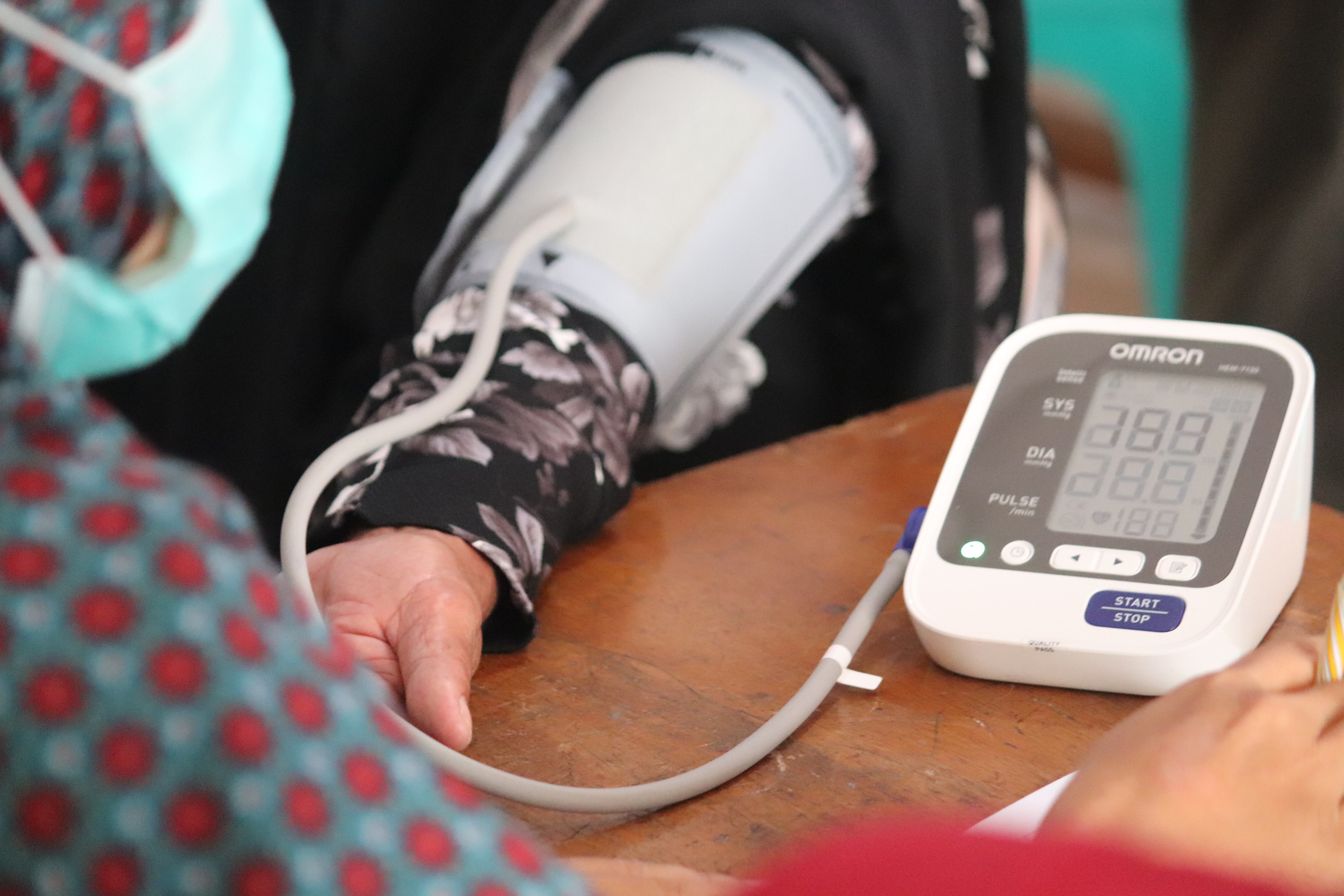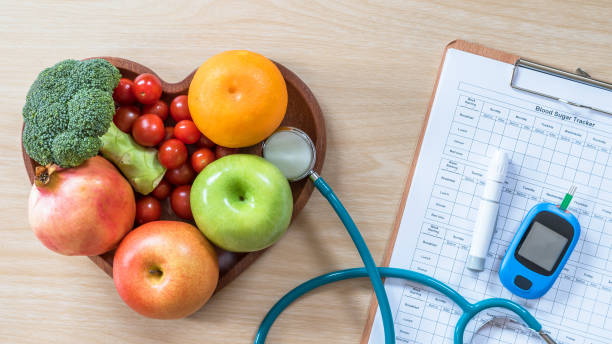Published Date January 24, 2003
A rainbow that harms!
By Hetvi Shah
3 min read
Last update date: January 24, 2003
Food manufacturers prefer using dyes to enhance the colour of their food products. However, colours are not as beneficial to our health.....

Ever imagined Manchurian being colourless? Yes, it would not be as appealing to eat as it is when coloured with red food dye. Would you even prefer to try it without that prominent red colour? No, right?
Let’s see what good these artificial colours are for our health.
What are food dyes?
Food dyes are food additives used to colour food products while processing them. Earlier, they were made using coal tar, a byproduct of burning coal. Nowadays, food dyes are made using petroleum products.
Food manufacturers prefer using dyes to enhance the colour of their food products.
The FDA and ESFA have approved only a few colours to be used in food products. They are; Red No. 3 (erythrosine), Red No. 40 (Allura Red), Yellow No. 5 (Tartrazine), Yellow No. 6 (Sunset Yellow), Blue No. 1 (Brilliant Blue), and Blue No. 2 (Indigo Carmine).
However, colours are not as beneficial to our health.
Harmful effects of food dyes
Even though food dyes are typically used in processed foods, most have raised health concerns. The 4 major health concerns that can be scary for human health are discussed here.
- Inflammation and the immune system
Artificial dyes have the potential to trigger inflammatory responses. It causes the immune system to become more active and increases the number of white blood cells that enter the bloodstream.
Some molecules of the artificial dyes are so small, they attach to proteins in the body. This may be the prime reason for disruptions in the immune system. This makes it difficult to defend the body against them. [1] [2] - Cancer-causing contaminants
Although no solid evidence exists, artificial dyes are believed to cause cancer. Red 40, Yellow 5, and Yellow 6 are carcinogenic (cancer-causing agents) because they include benzene-containing chemicals.
Benzidine, 4-aminobiphenyl, and 4-amino azobenzene are compounds that are believed to be potential carcinogens. But these dyes are believed to be present in safe levels in the products. [1] [3] - Hypersensitivity in children
Though not all children react the same way to food dyes, they can be harmful to them. Studies have shown that children consuming artificial dyes are prone to develop Attention Deficit Hyperactivity Disorder (ADHD).
Red 40 and Yellow 5 are the two dyes to be blamed for causing hypersensitivity, hyperactivity and other behavioural effects like anxiety, irritability, and throwing tantrums in children.
Studies suggest, reducing the foods that contain artificial dyes, from the child’s diet may help reduce these risks. [1] [3] - Allergic reactions
People who have chronic episodes of hives (a skin rash triggered by a reaction to food, medicine or other irritants) and are suffering from asthma are more likely to have allergic reactions to artificial food dyes.
Yellow 5 (Tartrazine) can cause hives as well. Though the allergic reactions triggered in such conditions are not fatal, it is best to avoid eating food containing artificial dyes. [3]
Takeaway
It is best to colour our food with natural dyes to save ourselves from all the harmful effects of these artificial colourings. Natural colouring substitutes are mentioned below.
For the orange colour, we can use pumpkin or carrots. Saffron flowers or threads and turmeric can elicit a yellow colour. Spinach for green colour and Blueberries for blue colour. Blackberries for purple, coffee, tea, and cocoa powder for brown. Strawberries and raspberries for pink and beetroot, pomegranate, and tomatoes for red colour. [2]
Keep reading

5 Foods that Increase Hypertension
Salt, fried foods, caffeine, etc. foods increase hypertension.
By Hetvi Shah

5 Foods that help reduce Hypertension
Berries, bananas, nuts, etc. are foods that help reduce hypertension.
By Hetvi Shah

5 Foods that Diabetics Should Avoid!
Sugar-sweetened beverages, Fruit-flavoured yogurt, Sweetened breakfast cereal, honey, etc. are the foods that diabetics should avoid
By Naurin Ansari

Constipation: A Hard Truth
All about food, water, fibre-rich foods and constipation
By Arpita Sudev
Choose Healthy With Us.
Know the real truth about your food. Stay informed and healthy, for free.

Download the App Now
Certified nutritionists trust our food recommendations. Safe to say, so can you :)










